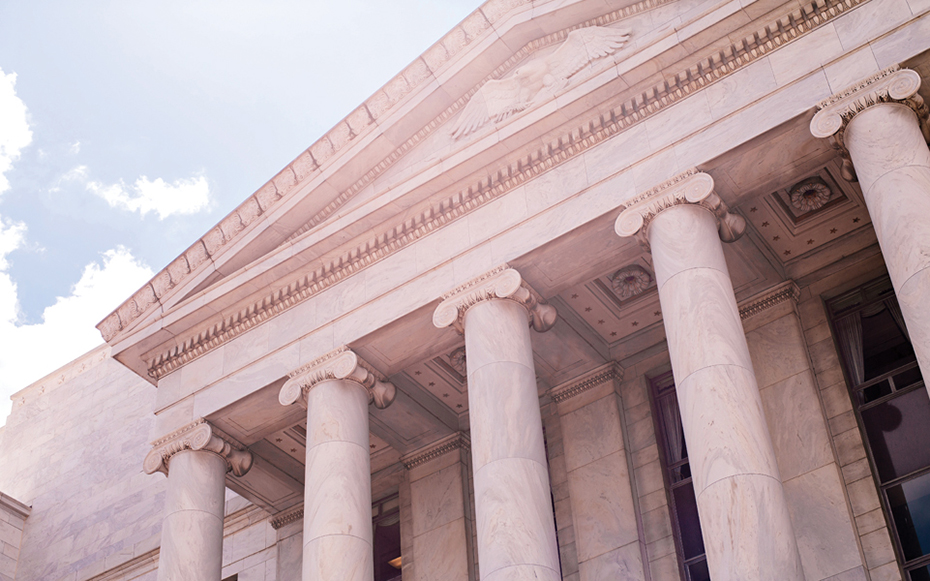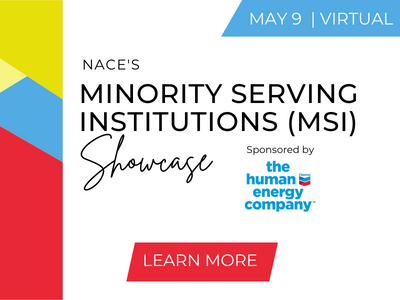NACE Journal/Summer 2023
On June 29, 2023, in Students for Fair Admissions, Inc. v. President and Fellows of Harvard College and Students for Fair Admissions, Inc. v. University of North Carolina, the U.S. Supreme Court struck down the affirmative action policies at Harvard College and the University of North Carolina. The court found that such policies violate the Equal Protection Clause of the U.S. Constitution as well as Title VI of the Civil Rights Act of 1964, which is applicable to programs or activities that receive federal financial assistance, including most colleges and universities. The practical effect of the court’s decision is to eliminate the ability of colleges and universities to use race-based policies or affirmative action programs in the admissions process.
The court has been grappling with affirmative action in higher education for many years. In the seminal case dealing with race-based admissions programs, Regents of the University of California v. Bakke, 438 U.S. 265 (1978), the court created a longstanding precedent that colleges and universities could consider race in college admissions when they were advancing a compelling interest in diversity. For decades, based on Bakke, many institutions of higher learning have used race in their admissions process, arguing that it is important to build a racially diverse class to achieve their institutional mission.
The court’s recent ruling, however, essentially removes racial preferences from the college and university admission process, even when the educational institution’s reason for doing so is to build a racially diverse class. In the majority opinion authored by Chief Justice Roberts, the court noted that educational institutions have historically been given deference to set diversity goals for admissions. Notwithstanding this deference, the court concluded that neither Harvard nor the University of North Carolina (UNC) had presented clear goals that could be measured with respect to whether the goals had actually been attained. As such, the court reasoned that the goal of attaining a diverse student body was an insufficient justification for race-based admissions policies.
According to the court: “The Harvard and UNC admissions programs cannot be reconciled with the guarantees of the Equal Protection Clause. Both programs lack sufficiently focused and measurable objectives warranting the use of race, unavoidably employ race in a negative manner, involve racial stereotyping, and lack meaningful end points. We have never permitted admissions programs to work in that way, and we will not do so today.”
Although colleges and universities can no longer employ race-based admissions policies or make admissions decisions based upon race, the court did leave the door slightly ajar by indicating that institutions of higher education can still consider race in applicant admission essays. The court stated that colleges are free to consider “an applicant’s discussion of how race affected his or her life.” As such, while colleges and universities can no longer give preference to students based upon race in the admissions process, they can still consider how race may have played a role in the applicant’s life.
The court’s decisions in the Students for Fair Admissions, Inc. cases will require most institutions of higher learning, at a minimum, to reevaluate their admissions process; in some cases, significant changes may be needed. Colleges and universities that do not currently consider race in the admissions process will not be affected by these decisions. Those that have used race-based admissions policies and programs will need to achieve the goal of diversity in other ways, e.g., encouraging a more diverse applicant pool, targeting applicants with diverse backgrounds, focusing marketing efforts on diversity, and so forth.
It is likely that colleges and universities that have a highly selective admissions process will be significantly impacted by these decisions. Such institutions will need to implement race-neutral policies to further their diversity goals.
Nine states already ban race-based affirmative action policies for public colleges. Schools in these states look to alternative ways to achieve their diversity goals, even when they cannot consider race. In an effort to maximize the likelihood of a diverse applicant pool, some schools have expanded their outreach methods and have expanded the universe of high schools that they visit to include high schools where the population is reflective of diversity.
Some states and institutions of higher education have also implemented top “x” percent plans/programs in which the college or university will admit the most qualified 5% to 10% of students from all the public high schools in their state. The goal of these plans is to assist educational institutions in their efforts to achieve racial diversity by pulling students from inner city high schools.
Additional alternatives to race-based affirmative action policies/programs include giving preference to students with a lower socioeconomic status; increasing the number and dollar amount of scholarships offered to students from low-income households or lower socioeconomic backgrounds; and introducing a “holistic” application review process that takes into account students’ extracurricular activities, accomplishments outside of school, and lived experiences, as well as the standard measure of academic ability like grade point average, class rank, and test scores. Finally, ending legacy preferences in admissions, which tend to benefit white students, is also designed to increase diversity in a race-neutral way.
There is no doubt that the court’s decision striking down race-based college and university admissions policies and programs will have sweeping and immediate consequences for higher education throughout the country. Institutions of higher learning will undoubtedly still strive for diverse student bodies, but will need to accomplish this goal through race-neutral alternatives. Creativity, funding, and leadership will be the keys to success in the post-affirmative action world.






